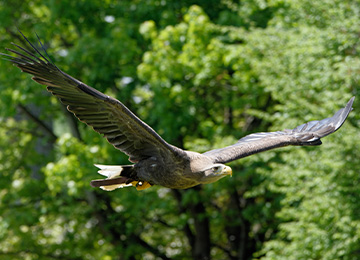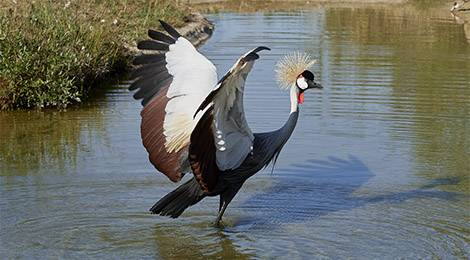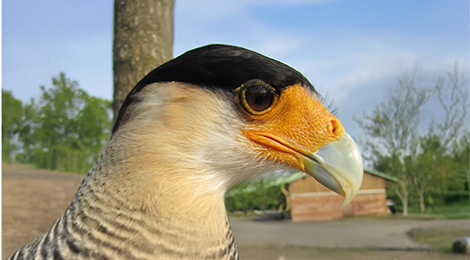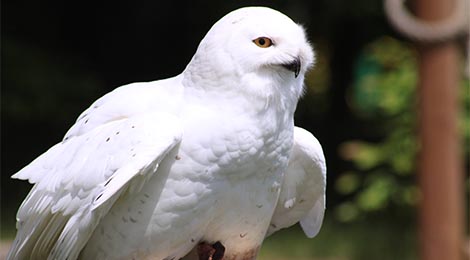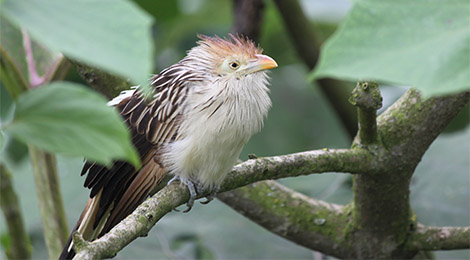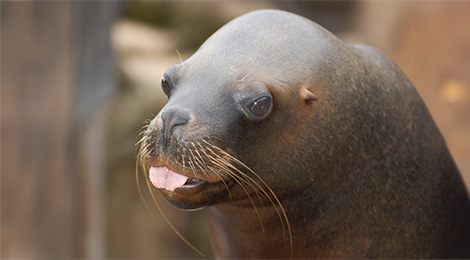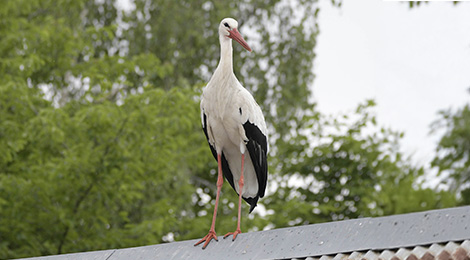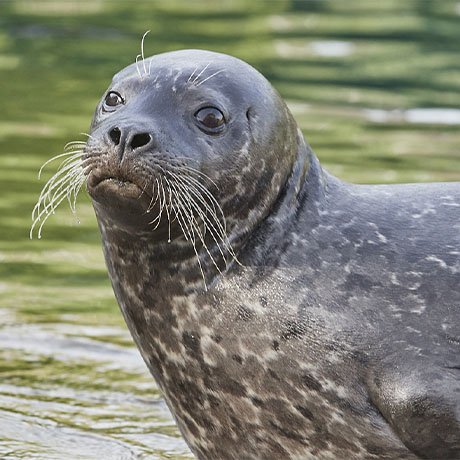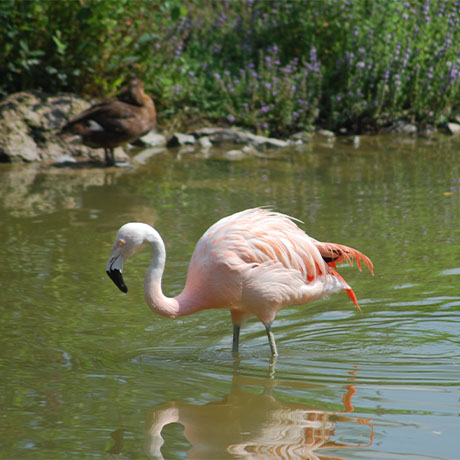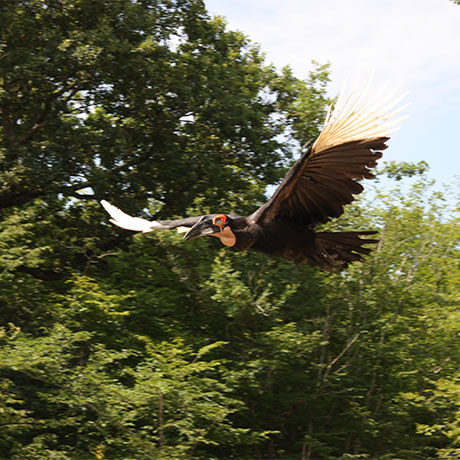One of the largest diurnal raptors
The White-tailed Eagle is one of 10 sea eagle species found in the world. Although it is one of the largest diurnal raptors in Europe, it is not the largest of its kind. In comparison to its cousin; the Bald Eagle, symbol of the United States; the White-tailed Eagle can be recognized as its name suggests by its white tail, beige head and straw-yellow legs and beak. When the Bald Eagle is immature, its plumage is mostly brown with a dark head, black beak, and its iris changing from brown to yellow. The young will spend its first 5 years moulting each winter, sporting different plumages until it reaches its adult plumage.
A few European countries host a large population of White-tailed Eagles: Norway, northern Germany, the Baltic countries, Poland and Russia. However, in mainland France, the White-tailed Eagle last nested in the Ripaille forest in Thonon les Bains in 1892, so it is highly endangered in France!
The greatest threat to the White-tailed Eagle today is from habitat degradation and loss. However, our human activities also have an impact on this bird: pollution, the uncontrolled use of poison and collisions with wind turbines are also among the threats.
A study conducted in Finland showed that 60% of white-tailed eagle mortality is caused by humans.
-
HabitatIt is found in Greenland, in northern Europe, in Siberia, mainly on the sea coasts and in land near large rivers and lakes.
-
Food
It feeds on fish (dead or alive), birds (ducks, seagulls), mammals. It can feed on carrion and does not hesitate to steal prey from other predators (such as gulls, cormorants or otters)

The Bald Eagle does not hesitate to steal prey from other predators when it really needs it and resources are scarce.
A zoological reserve populated by Asian elephants, giraffes, lions, tigers, hippos, chimpanzees, gibbons, wolves, ostriches ... Animals evolving in their reconstituted natural environment, to discover as a family.
All animals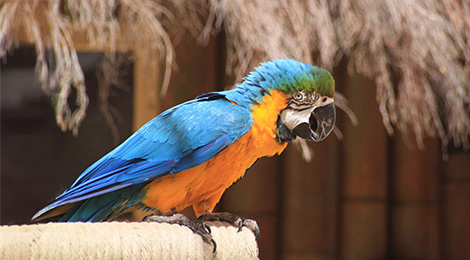
-
![]() Blue and yellow macaw Discover animal
Blue and yellow macaw Discover animal -
![]() Crowned crane Discover animal
Crowned crane Discover animal -
![]() Crested caracara Discover animal
Crested caracara Discover animal -
![]() Snowy owl Discover animal
Snowy owl Discover animal -
![]() Guira cuckoo Discover animal
Guira cuckoo Discover animal -
![]() South American sea lion Discover animal
South American sea lion Discover animal -
![]() White stork Discover animal
White stork Discover animal -
![Gros plan sur la tête d'un phoque veau marin au parc animalier Le PAL]() Harbour seal Discover animal
Harbour seal Discover animal -
![Flamant du Chili debout dans l'eau au parc animalier Le PAL]() Chilean flamingo Discover animal
Chilean flamingo Discover animal -
![Calao terrestre de Leadbeater en plein vol au zoo Le PAL]() Southern ground hornbill Discover animal
Southern ground hornbill Discover animal



